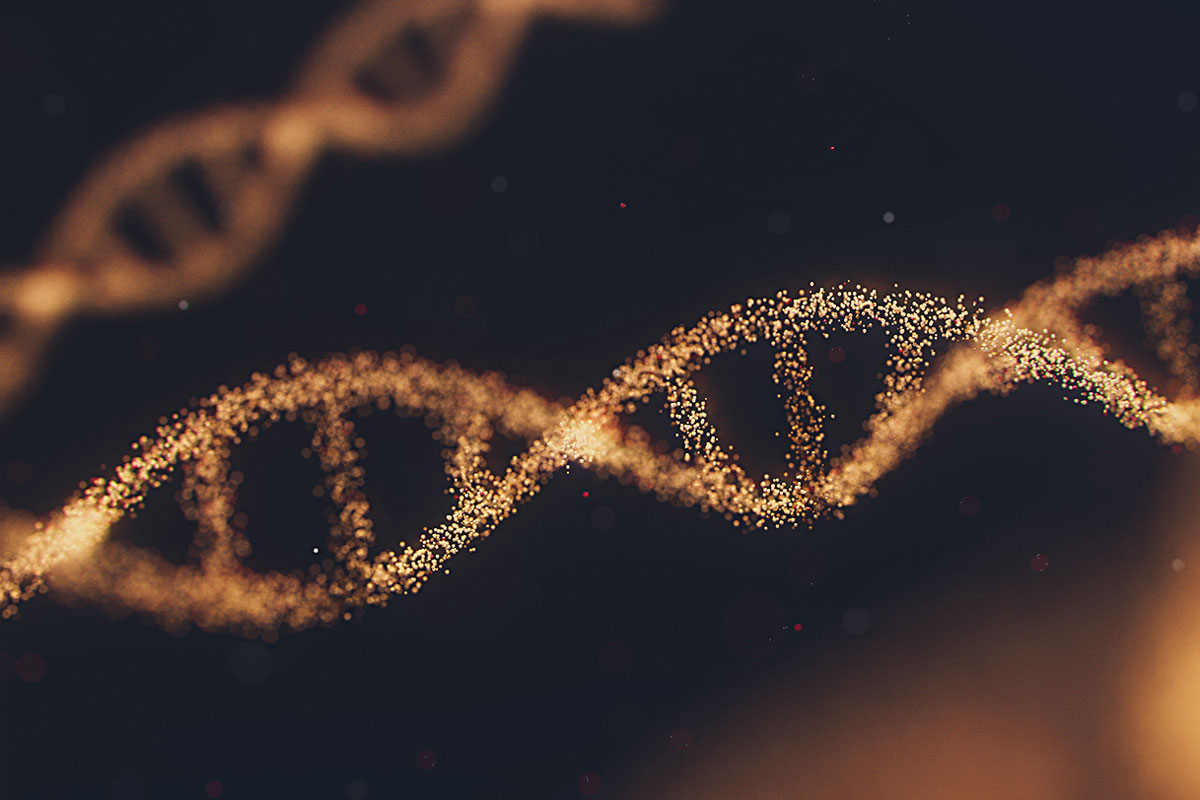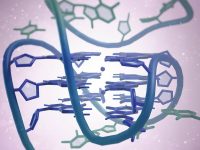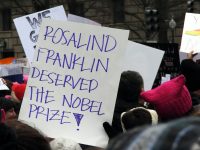
2023 marks seventy years since the structure of DNA was discovered and published. On 25 April 1953, three papers were published, two of which were signed with pictures and experimental work on DNA crystallography, one led by Rosalind Franklin and the other by Maurice Wilkins (both from King’s College London). The third paper, a single page and a single drawing, was entirely theoretical; it was written by James Watson and Francis Crick (of Cavendish College, Cambridge) and proposed the famous double helix structure of DNA. Nine years later, only three of these authors were awarded the Nobel Prize: Wilkins, Watson and Crick. Franklin had died of ovarian cancer four years earlier. Nobel Prizes are not awarded posthumously, nor are they shared by more than three people.
Watson and Crick are the most famous pair of scientists of the 20th century. Of the two, Watson has never been known as a moderate. In fact, he has been somewhat ostracised in recent times for comments with misogynistic and racist overtones. Even then, he was not much kinder to people he disliked or clashed with, and Rosalind Franklin was very assertive in explaining and defending her work. In a book published after his Nobel Prize in 1968, Watson gave a distorted account of the discovery of the structure of the double helix. He described Rosalind Franklin as «uncooperative, unattractive and incompetent», using personal opinions («uncooperative and unattractive») together with a professional description (“incompetent”) in a clearly sexist comment. According to this story, when Watson saw the famous Figure 51 – authored by Franklin and Gosslin – the blindfold fell off and he immediately grasped the structure of DNA as a double helix; he, a novice in crystallography, grasped what an excellent female crystallographer had failed to see. And we can ask ourselves what is true and what is distorted in what we have been led to believe for so long: is it really true that Watson and Crick were able to sneak a peek at the photograph and the data obtained by Franklin thanks to Wilkins’ disloyalty (Franklin and he had a lousy relationship, even though they were colleagues)?
Research carried out independently by Cobb and Comfort (two of Watson and Crick’s biographers) and published in the journal Nature
has led them to reconsider Rosalind Franklin’s role in the discovery of the structure of DNA. This is not a minor issue, as Franklin is one of the iconic female references in science, standing as an example of the neglect of women’s scientific contribution in a world largely dominated by the male intellect. However, both authors doubt that Franklin knew nothing about the double helix. Thanks to letters and reports from Franklin’s archive, they have followed how she formulated ideas throughout her work, how she communicated them, how she knew that Watson and Crick knew of her advances and deductions, so that Figure 51 is by no means «the picture» that opened Watson and Crick’s eyes, but the final picture that convincingly demonstrated that the model proposed by both was in complete agreement with experimental data. In fact, Franklin’s reports demonstrate the position of phosphates on the outside, measurements of the distance of turns within the helix and symmetry in two chains, while Watson and Crick inferred base complementarity and antiparallel chains. Perhaps there was unethical behaviour to some extent, but clearly, the discovery of the double helix was the work of four, and Franklin’s role is on a par with the contribution of Wilkins, Watson, and Crick. Perhaps, beyond the anecdotes, we should demand the position of honour that the white lady of DNA deserves.





